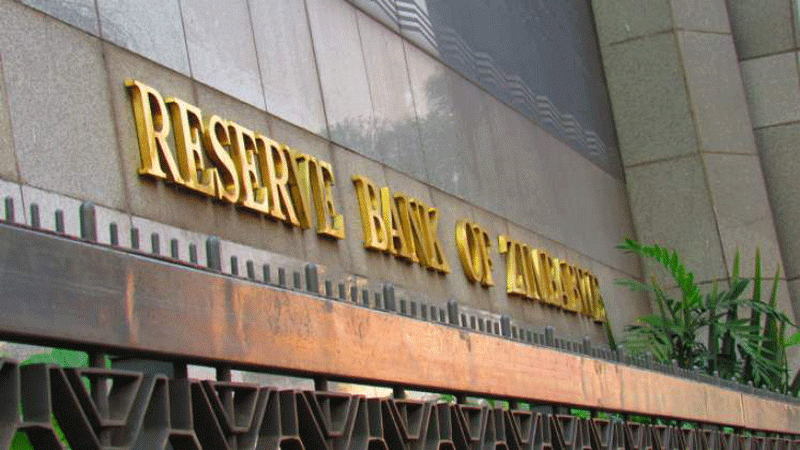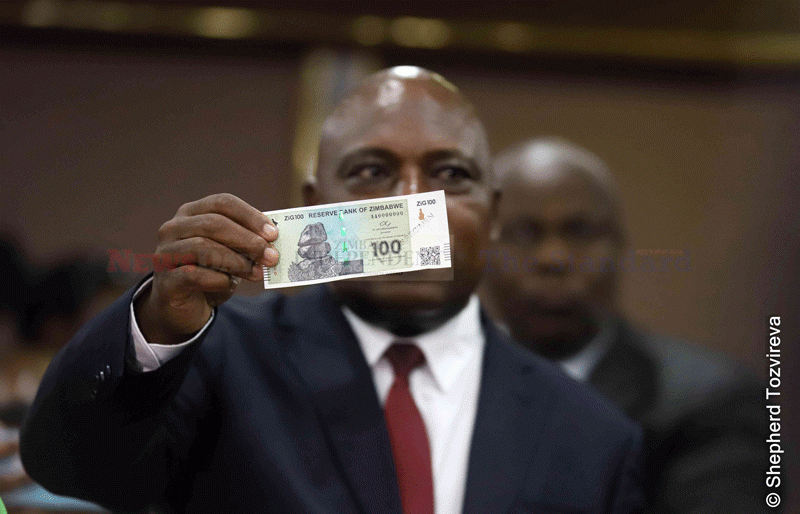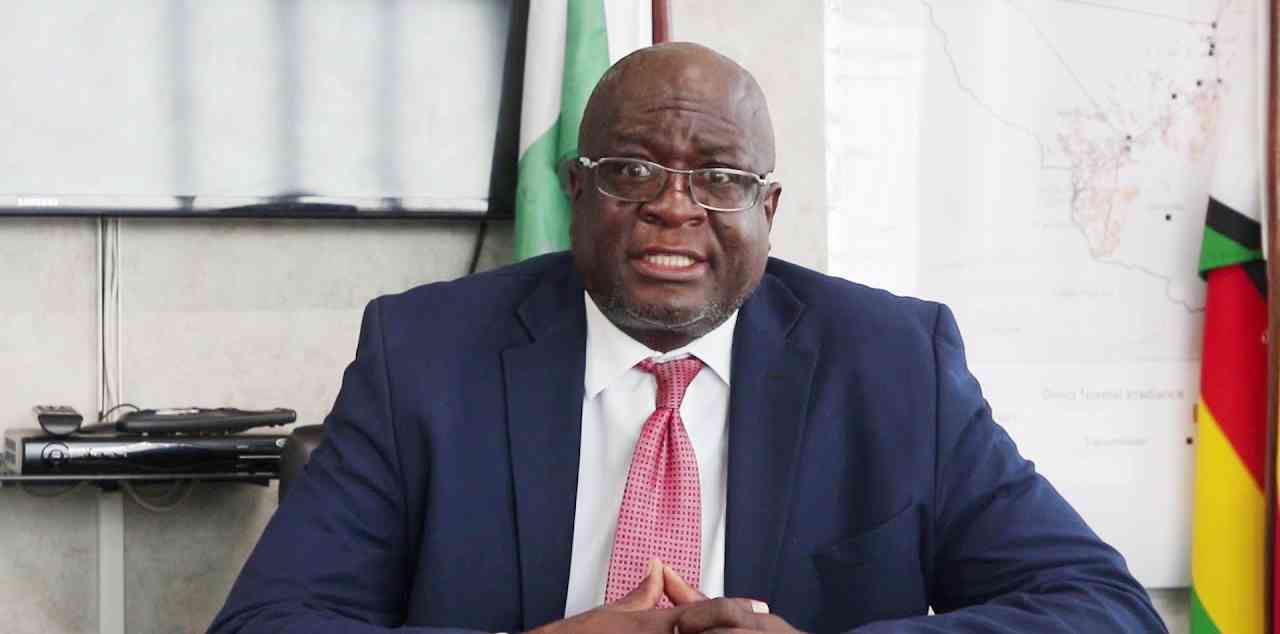
THE country’s two important institutions—the Reserve Bank of Zimbabwe (RBZ) and Zimbabwe National Statistics Agency (Zimstat)—have come under fire for publishing inconsistent export data, which has led to suspicions of fraud.
Last Tuesday, the central bank revealed in a statement that “the country’s foreign commitments fell by 9% over the nine months to September 2023, from US$4,5 billion during the comparable period in 2022 to US$3,6 billion.”
However, two days later, Zimstat’s export receipts over the same nine-month period indicated that the country exported goods and services worth US$5,16 billion.
This left a difference of slightly over US$1,56 billion when comparing the figures issued by two government entities.
The differences have renewed concerns that the authorities continue to underreport the country’s actual foreign currency earnings.
In explaining these disparities, Zimstat caused more confusion.
“During the dissemination meeting, it was raised that there was a discrepancy between RBZ and Zimstat export figures,” the organisation said.
“As a matter of fact, the discrepancy arises from comparing total foreign currency receipts as at 30 June 2023 against total value of exports as at 30 September 2023. The figures compared are different in that, RBZ published the value of export proceeds which is actual money received compared to total value of exports as reported by Zimstat.
- RBZ blocks Harare US dollar charges
- Thousands flee economic mess
- Industry cries foul over new export surrender requirements
- ZimStat undertakes to pay enumerators
Keep Reading
“If we are to compare such figures for the same period, which is January to June 2023 for RBZ against January to June 2023 for Zimstat, the figures are US$3,055 million for RBZ and US$3,230 million."
Based on this, between January and June 2023, Zimstat exposed another discrepancy of US$175 million between the agency and the apex bank which is still a significant number.
This is not the first time the country’s export figures have come into question.
In 2021, Zimstat reported that gold worth US$1,61 billion had been exported.
A local weekly quoted RBZ governor John Mangudya as saying: “The country’s gold export receipts have gone up 42% to US$1,7 billion during 2021 from US$1,2 billion earned during 2020 due to improved gold output and firm prices.”
But, the Observatory of Economic Complexity, the world’s leading data visualisation tool for international trade data, reported that the United Arab Emirate alone imported US$3,5 billion worth of gold from Zimbabwe in 2021.
This left a discrepancy of US$1,88 billion between the gold exports from the RBZ and Zimstat compared to the Observatory of Economic Complexity trade figures.
Gold is generally the country’s top export.
Another example of discrepancies involving foreign currency emerged in November 2021.
On November 26, 2021, a piece of land measuring 15 000 square meters was presented to the African Export–Import Bank (Afreximbank) by the then Local Government and Public Works minister July Moyo, now the Public Service, Labour and Social Welfare minister.
During the presentation, John Mangudya said: “Afreximbank has over the past 25 years provided and made available more than US$9 billion to this economy.”
Straight after the RBZ boss’s speech, Afreximbank president Benedict Okey Oramah gave a contradictory statement.
“Since inception, the bank has disbursed – and I must contradict my colleague (Mangudya) US$13 billion to support the Zimbabwe economy,” he said.
This led to a US$4 billion discrepancy.
The underreporting of foreign currency earnings has left fears that a lot of money is being abused in the market at a time over US$1 billion is said to be involved in corrupt activities.
As noted by the Auditor General’s Office, there is a lot of underreporting of figures from the government and its institutions.










